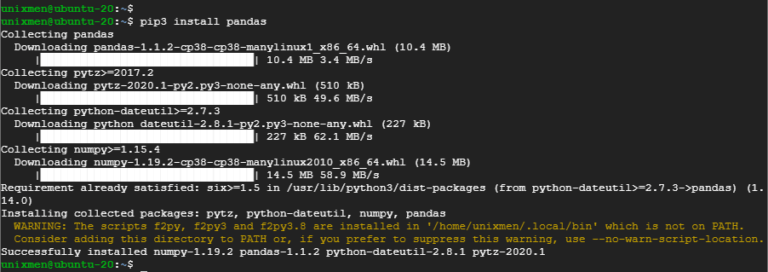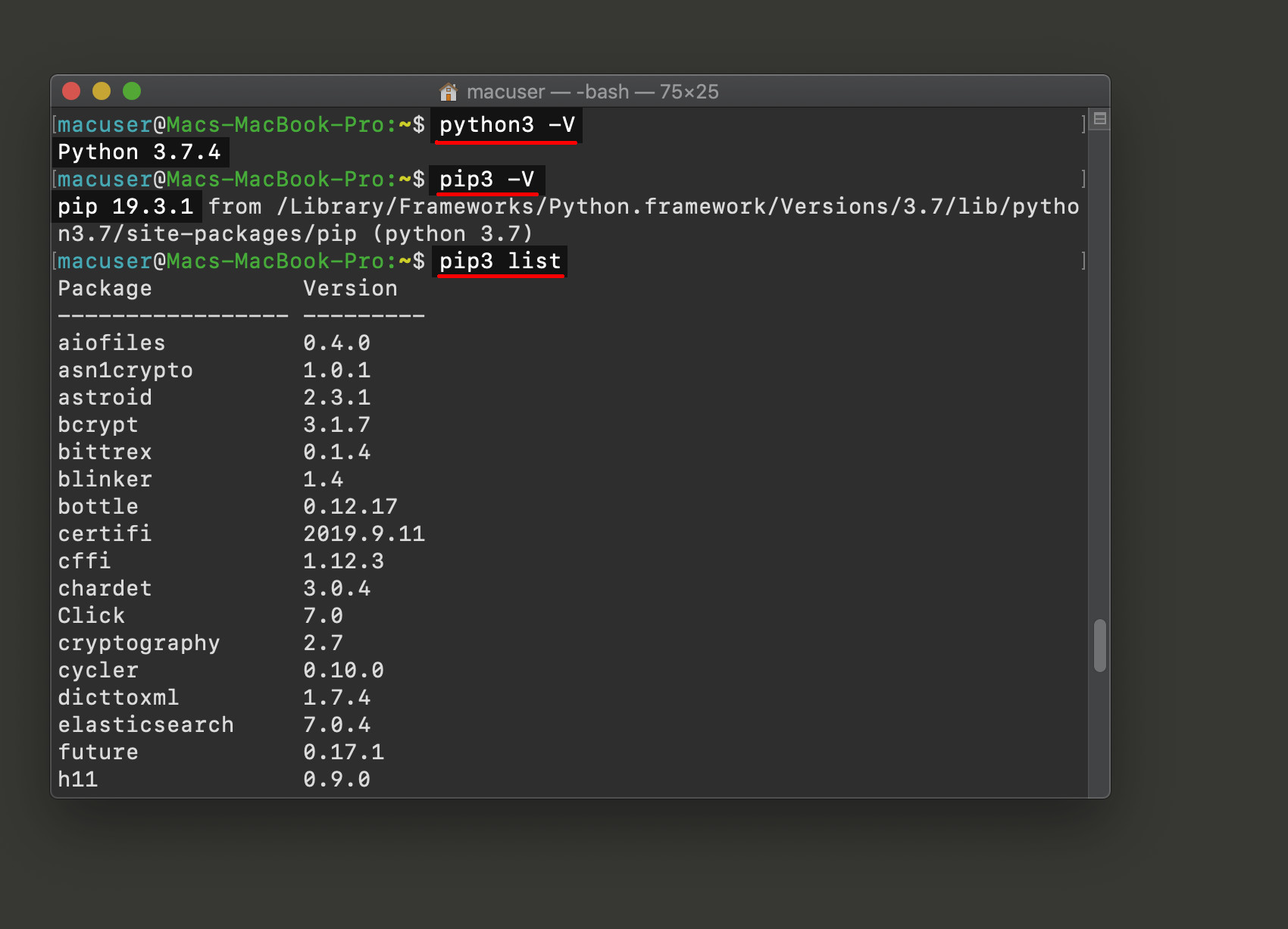

If you get an error, it’s probably because PIP is not installed yet. Grab your free PDF file with all the commands you need to know on Linux! On Linux distributions, you can check the installed PIP version with the command: Get 10% off by downloading it today! How to know the version of PIP installed on your system? Linux

Raspberry Pi without Python is like a car without an engine, you miss all the fun parts. It will guide you step-by-step to learn the essential concepts (and only the essential concepts) required to achieve any project in the future. Let’s take a more detailed look at how to do this with each operating system, and I’ll also give you more tips to install and keep your system up-to-date.īy the way, if you get overwhelmed as soon as Python is required for a project, I recommend checking out my e-book “ Master Python on Raspberry Pi“. It will show the PIP version and the Python version that is installed on the computer (if any).

You can get the current PIP version on your system by opening a terminal and typing the command: pip -V. Keeping Python and PIP up-to-date is important to avoid issues in your applications, so in this article, I will explain how to check the current PIP version, and update it if needed. Upon completion, virtualnv is installed on your system.If you are coding in Python, you are probably using PIP to manage your Python packages easily and import them into your projects.

Type the following pip command in the console: C:\Users\Username> pip install virtualenv You would want to avoid this, and having separate virtual environments for each project is the easiest solution.Ģ. Consequently, whenever a single project-specific package is changed, it changes for all your Python projects. Python software packages are installed system-wide by default. Virtualnv enables you to create isolated local virtual environments for your Python projects. Now, you need one last software package - virtualnv. You have Python, and you have Pip to manage packages. Instead of this: C:/Python34/Python script.pyĪs you can see, it is cleaner and more manageable. By setting this up, you can execute Python scripts like this: Python script.py


 0 kommentar(er)
0 kommentar(er)
